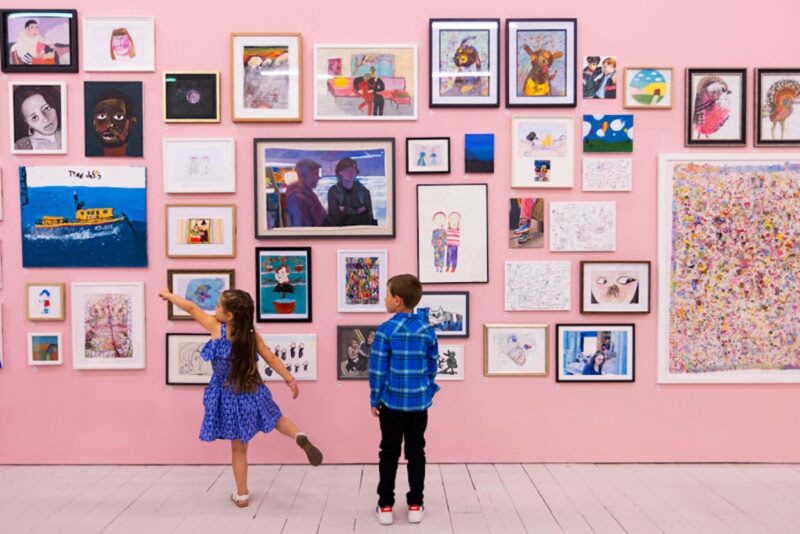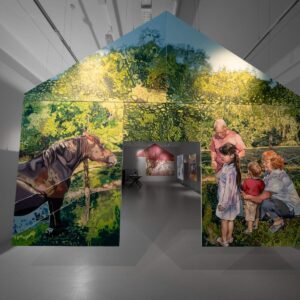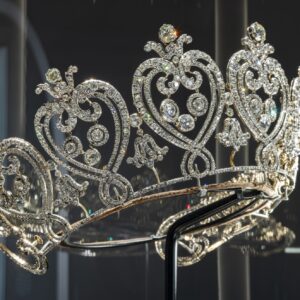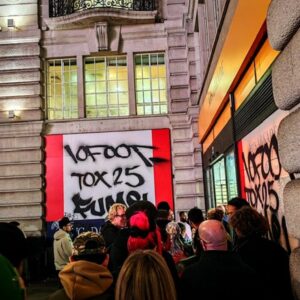Photo from Pexels
Currently, the art world is going through dramatic changes and developments brought about by technological factors in art production. AI, NFTs, and virtual exhibitions have democratized art and impacted the art industry by changing the role of an artist or an art professional in the modern world. This shift has not only changed the way art is produced and is being bought, but also given a chance to those people who desire to work in the art-related sector but who have knowledge in technology. While exploring today’s world further and delving deeper into the essence of digital advancements, it remains rather obvious that art and technology are two inseparable elements that yield numerous opportunities for artists and engineers.
Digital Tools Reshaping the Art World
The novel developments in AI art, NFTs (Non-Fungible Tokens), and other similar technologies are transforming the classical definition of art. AI-powered software like DALL-E and MidJourney allows artists to create unique pieces of artwork using machine learning algorithms, enabling new forms of creativity. On the other hand, NFTs have proven to be a revolutionary tool through which artists can sell their digital artworks. According to NonFungible.com, the NFT market grew by 21,000% in 2021 alone, showing how rapidly digital assets have been embraced by collectors and creators.
The use of technology in evolving art also means a lot more than introducing the concept of other ways of producing art. Virtual exhibitions, 3D art, and digital marketplaces like OpenSea are making it possible for artists to showcase their work to international audiences without leaving their studios. These digital spaces allow artists to expand their reach far beyond what was once possible with physical galleries.
Opportunities for Tech Enthusiasts in the Art World
The increasing popularity of digital art leads to the increase in its complexity, which in turn requires advanced knowledge of software and tools like 3D modeling software, methods of digital curation as well as understanding of technology like blockchain. For example, 3D artists are discovering growing prospects in VR and AR art where real-life experiences may be created with the assistance of software. According to a Statista report, the VR market is expected to reach $44 billion in the future. By 2024, new VR job opportunities will be estimated at 7 billion, and recruiting VR-skilled creative and technical staff will be considered to be a major priority.
Digital transformation is also benefiting curators. The digital curation process entails content management of online exhibitions, managing technical requirements of virtual galleries and or facilitating artists to create and sell their NFT art pieces. Those individuals who have evolved technology and creativity skills are thus much sought after by employers. From being involved in the creation of VR galleries, curating digital assets or even using artificial intelligence in curating shows there are so many opportunities for those with artistic and technical skills.
For those just beginning their journey in digital art, numerous vacancies are available for newcomers, including graphic design opportunities for apprentices in London.
London: A Hub for Artistic and Technological Innovation
Over the decades, London has been an important hub for arts but also today is considered as one of the technology leaders. It is home to many more emergent tech ventures, experimental creatives in digital arts, and innovative galleries that are experimenting with creations that bring art and technology together. In fact, London’s tech sector contributed £56 billion to the UK economy in 2022, much of which was driven by creative and digital industries. Institutions like the Tate Modern are increasingly incorporating digital art into their exhibits, showcasing how technology is becoming integral to the art experience.
The intersection of art and tech in London is creating vibrant opportunities for professionals across both fields. Artists and curators with digital expertise are sought after, and the city’s numerous tech incubators and art collectives make it a fertile ground for innovation. From AI-generated art exhibitions to VR-enhanced museum tours, London exemplifies how digital transformation is breathing new life into artistic careers.
Conclusion: A New Era for Artistic Careers
The role of digital technologies in the art industry is rapidly developing together with the new possibilities for artists and IT specialists. Artists today have possibilities such as AI and NFTs to progress the art and convey their creations to the world. For those who are inclined towards technology, there is a new opportunity to become 3D designers, digital curators or be involved in blockchain in the art sector. Cities such as London are at the forefront of this shift by becoming global centers where art and technology meet.
From this, it is clear that technology will remain an important factor in defining artistic professions in the future. Regardless if you are an artist interested in expanding into the use of technology in their practices or a technophile interested in getting into the art industry, the combination of art and technology is set to be a dreamscape of possibilities.




